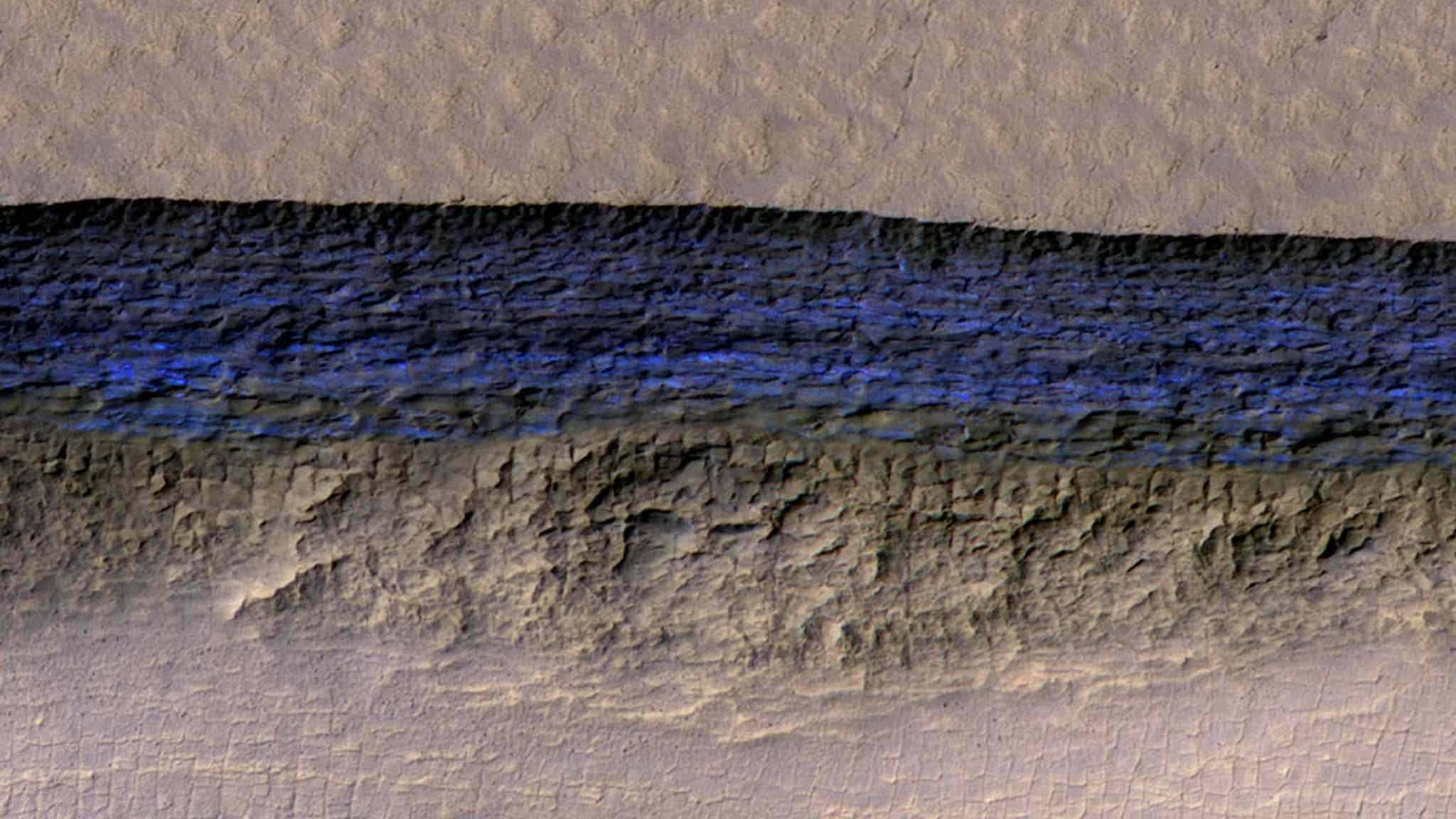Every year, we learn a bit more about our universe. Here are some major breakthroughs in space exploration from 2018.

This photo shows an artist's rendering of how the first stars in the universe may have looked. /VCG Photo
This photo shows an artist's rendering of how the first stars in the universe may have looked. /VCG Photo
A signal from the universe's first stars, a cosmic heartbeat from the Big Bang, has been detected for the first time, astronomers reported on February 28.

NASA's Solar Dynamics Observatory scientists used their computer models to generate a view of the Sun's magnetic field. /VCG Photo
NASA's Solar Dynamics Observatory scientists used their computer models to generate a view of the Sun's magnetic field. /VCG Photo
The bright, active region right at the center of the Sun clearly shows a concentration of field lines, as well as the small active region at the Sun's right edge, but to a lesser extent.

This glittering ball of stars is the globular cluster NGC 1898, one of our closest cosmic neighbors. /VCG Photo
This glittering ball of stars is the globular cluster NGC 1898, one of our closest cosmic neighbors. /VCG Photo
These globular clusters belong to the oldest known objects in the universe and now exist as relics from the first epochs of the galaxy. The observations of NGC 1898 will help to determine if their properties are similar to the ones found in the Milky Way, or if they have different features, due to being in a different cosmic environment.

NASA's Juno spacecraft captures Jupiter's southern hemisphere, as the spacecraft performed its 13th close flyby of Jupiter on May 23, 2018. /VCG Photo
NASA's Juno spacecraft captures Jupiter's southern hemisphere, as the spacecraft performed its 13th close flyby of Jupiter on May 23, 2018. /VCG Photo

A cross-section of a thick sheet of underground ice is exposed at the steep slope that appears bright blue in this enhanced-color view of Mars from the High Resolution Imaging Science Experiment (HiRISE) camera on NASA's Mars Reconnaissance Orbiter in this image released on January 11, 2018. /VCG Photo
A cross-section of a thick sheet of underground ice is exposed at the steep slope that appears bright blue in this enhanced-color view of Mars from the High Resolution Imaging Science Experiment (HiRISE) camera on NASA's Mars Reconnaissance Orbiter in this image released on January 11, 2018. /VCG Photo







